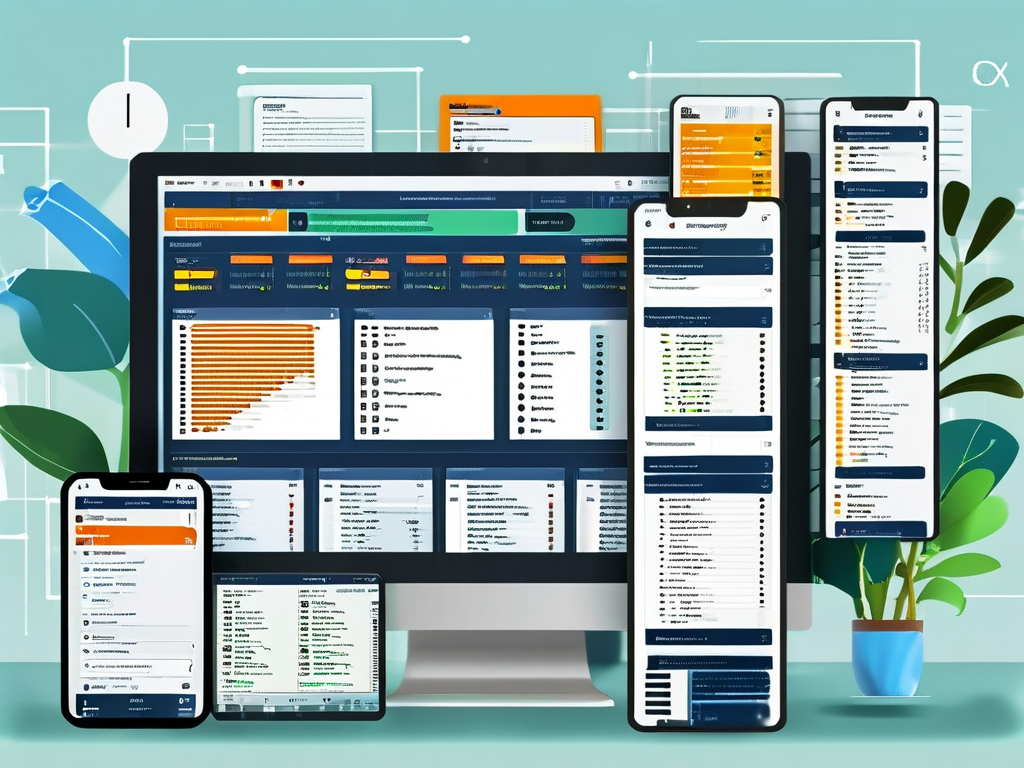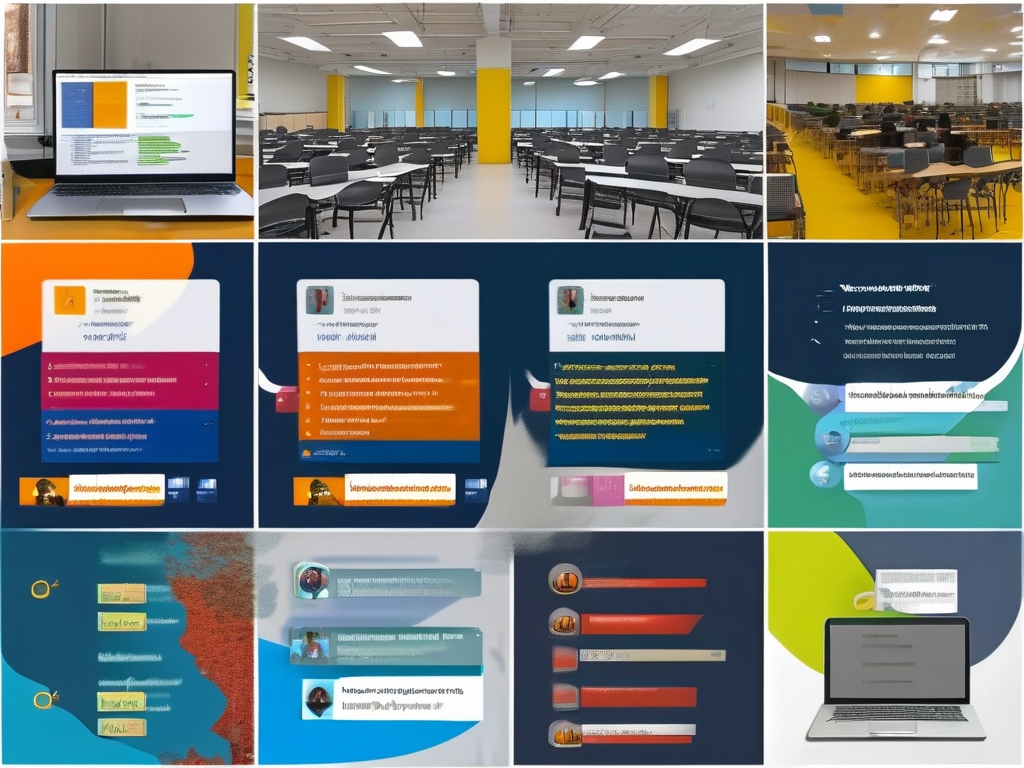Implementing UI automation is a critical step for modern software teams aiming to improve testing efficiency and product quality. This article explores practical methods for deploying UI automation frameworks while addressing common challenges and optimization strategies.

Why UI Automation Matters
UI automation reduces manual testing efforts by simulating user interactions with applications. According to industry data, teams using robust automation frameworks report 40-60% faster regression testing cycles. However, improper deployment can lead to flaky tests and maintenance overhead, making strategic implementation essential.
Pre-Deployment Preparation
Before writing a single line of code, define clear objectives. Will the framework focus on cross-browser compatibility, mobile app testing, or accessibility validation? Select tools aligned with these goals—popular choices include Selenium for web applications and Appium for mobile.
Environment setup is equally critical. For example, a Selenium-based framework requires:
# Install dependencies pip install selenium webdriver-manager pytest # Configure WebDriver from selenium import webdriver from webdriver_manager.chrome import ChromeDriverManager driver = webdriver.Chrome(ChromeDriverManager().install())
Ensure consistent browser versions across development and testing environments to avoid compatibility issues.
Framework Architecture Design
A modular architecture separates test logic from infrastructure code. Implement the Page Object Model (POM) pattern to enhance maintainability:
// Sample Page Object
public class LoginPage {
WebDriver driver;
By usernameField = By.id("username");
public LoginPage(WebDriver driver) {
this.driver = driver;
}
public void enterUsername(String text) {
driver.findElement(usernameField).sendKeys(text);
}
}
This approach allows updating UI locators in one place when interfaces change.
CI/CD Integration
Integrate automation scripts into pipelines using Jenkins, GitLab CI, or GitHub Actions. A basic GitHub Actions configuration might include:
name: UI Tests
on: [push]
jobs:
test:
runs-on: ubuntu-latest
steps:
- uses: actions/checkout@v3
- name: Run Tests
run: pytest tests/ --headless
Schedule nightly test runs to identify regressions early while avoiding pipeline congestion during peak hours.
Handling Dynamic Content
Modern web applications often use dynamic elements that break traditional locators. Combine multiple strategies:
- CSS/XPath Selectors: Prioritize attributes like
data-testidadded specifically for testing - Retry Mechanisms: Implement intelligent wait conditions
- Visual Testing: Use tools like Applitools to detect layout changes
Maintenance Optimization
Allocate 20-30% of automation efforts for maintenance tasks. Create automated scripts to:
- Validate locators across application versions
- Generate test execution reports
- Clean outdated test data
Metrics That Matter
Track deployment success through:
- Test Stability Rate: Percentage of non-flaky tests
- Defect Escape Rate: Production bugs missed by automation
- ROI: Hours saved vs. framework development costs
Teams at XYZ Corp reduced critical post-release defects by 70% after implementing these practices, achieving full ROI within eight months.
Final Thoughts
Successful UI automation deployment requires balancing technical execution with team collaboration. Start small—automate high-impact test scenarios first—then expand coverage iteratively. Regular framework audits and skill-building workshops ensure long-term sustainability in fast-paced development environments.









